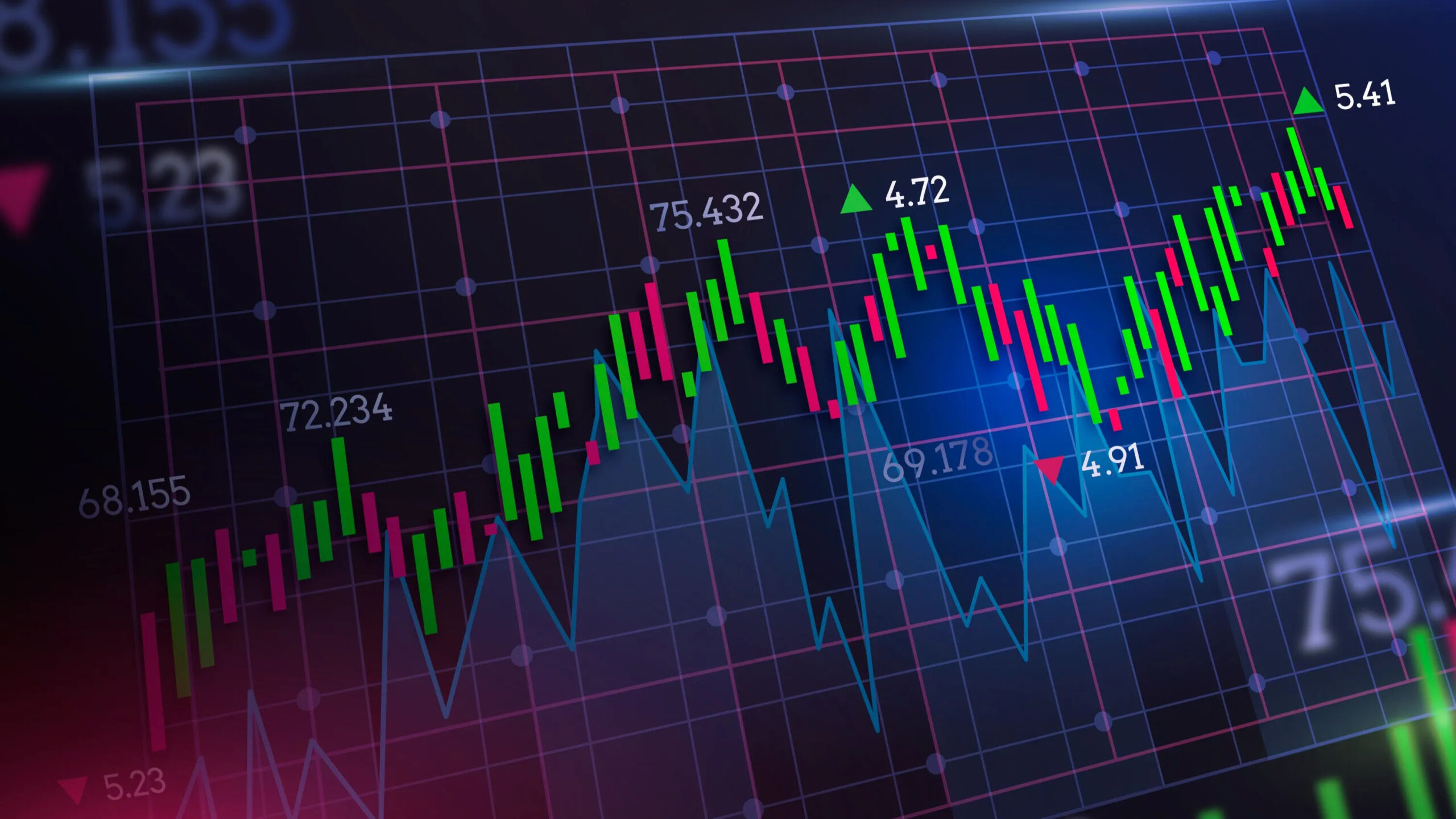The euro and pound edged higher on Tuesday as a pause in rising oil prices helped them return to multi-month highs against the dollar hit in recent sessions.
The overall outlook remains determined by the looming rate cut in the United States, which has put pressure on the dollar in recent weeks. Investors see the Federal Reserve as almost certain to cut rates at its September meeting, but are still debating the possibility that policymakers might take a 50 basis point cut instead of a 25.
The euro EUR=EBS and sterling GBP=D3 rose around 0.1 percent each to $1.1169 and $1.3203 respectively, with the common currency just above a 13-month high hit on Monday and the pound near a more than two-year high hit last week.
Both, and the euro in particular, have been big beneficiaries of the recent bout of dollar weakness, although they may find it difficult to move forward from here.
“After a strong rally since early August, it looks like euro/dollar could be on the verge of consolidating. For now, we would prefer a trading range of 1.1100-1.1200, pending some disappointing US activity data,” Chris Turner, global head of markets at ING, said in a note to clients.
“Rising oil prices due to rising tensions in the Middle East and supply challenges in Libya will not help (the euro against the dollar),” he added.
Oil prices paused their recent gains to trade in a range on Tuesday, after rising more than 7 percent in the previous three sessions, due to supply concerns sparked by fears of a wider conflict in the Middle East and the possible closure of Libyan oil fields.
One currency that was boosted by rising oil prices was the Canadian dollar, which was trading at C$1.3479 per dollar, after hitting a five-month high on Monday. CAD=D3
The yen JPY=EBS weakened and the dollar rose 0.3 percent to 144.95 per dollar.
All of this left the dollar index =USD at 100.88 just above a one-year low, helped by the likelihood of a US rate cut in September after Federal Reserve Chairman Jerome Powell more or less nodded to such a move in his Jackson Hole speech on Friday.
San Francisco Federal Reserve President Mary Daly also said Monday that a quarter-percentage point reduction in borrowing costs was likely next month.
“The question now is no longer whether the Fed will cut rates in September, but by how much,” said David Chao, global market strategist for Asia Pacific ex-Japan at Invesco.
“Powell left the door open for further cuts if labor conditions deteriorate. Investors believe the Fed appears open to cutting rates faster than previously expected.”
Markets have already fully priced in a rate cut next month, and are expecting an easing of around 100 basis points by the end of the year.
Elsewhere, the Australian dollar AUD=D3 gained 0.23 percent to $0.6787, not far from a one-month high of $0.67985 hit on Friday, and the Swiss franc stood at $0.8473 per dollar, close to its highest level in three weeks. CHF=EBS
Disclaimer:
The information contained in this post is for general information purposes only. We make no representations or warranties of any kind, express or implied, about the completeness, accuracy, reliability, suitability or availability with respect to the website or the information, products, services, or related graphics contained on the post for any purpose.
We respect the intellectual property rights of content creators. If you are the owner of any material featured on our website and have concerns about its use, please contact us. We are committed to addressing any copyright issues promptly and will remove any material within 2 days of receiving a request from the rightful owner.

